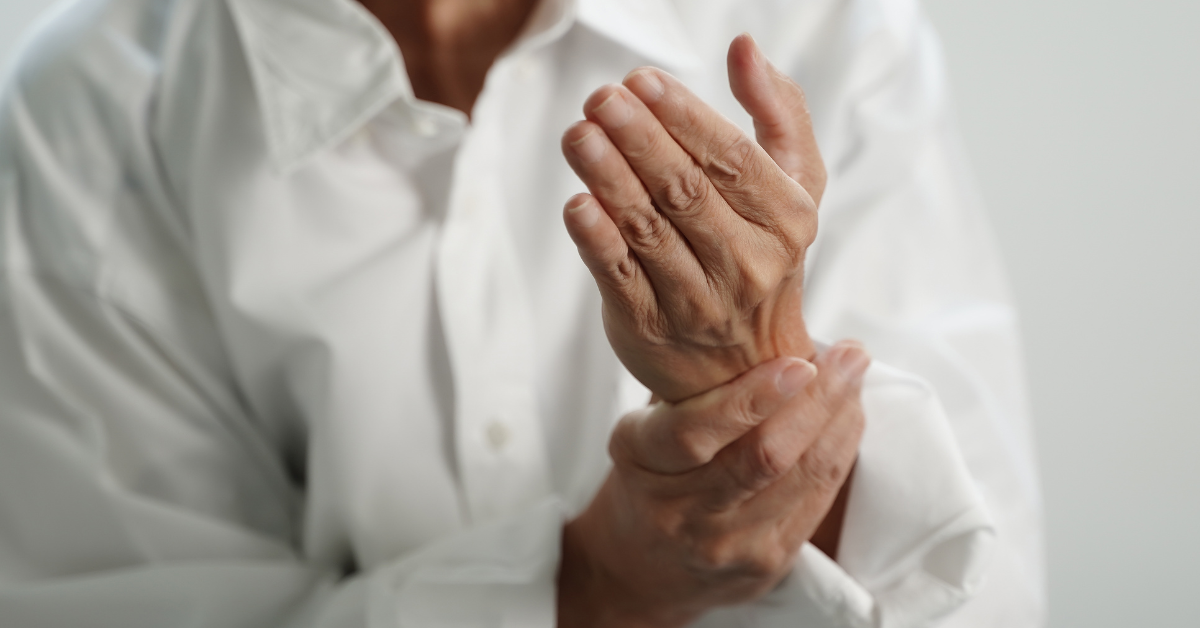
Web Stories
Step Into the Story: Explore Now
Introduction
Rheumatoid arthritis is a complex autoimmune disease that leads to inflammation of the joints. Symptoms range from mild to severe, gradually worsening if left untreated. In the early phases, subtle signs such as joint stiffness may develop. As the condition progresses, bones and cartilage in the joints can deteriorate. Later stages bring crippling joint deformities and erosion. Precision in identifying initial symptoms proves crucial to sparing vulnerable patients from a disabling fate.
In this comprehensive blog, let’s understand the 4 stages of rheumatoid arthritis and the early-stage symptoms of rheumatoid arthritis. Understanding these stages of RA and early symptom recognition is increasingly important for early intervention and prevention of disease progression.
What are the 4 stages of rheumatoid arthritis?
Rheumatoid arthritis (RA) progresses through distinct phases, which are assessed clinically and via imaging studies. These phases encompass the early, moderate, severe, and end stages.
- Mild joint discomfort and immobility manifest in the early stage, commonly with minimal radiographic alterations. Symptoms of inflammation, including hyperemia (increased temperature), swelling, and fatigue, are evident.
- In the moderate stage, persistent synovial swelling creates pronounced symptoms of tenderness and stiffness. Radiographic alterations, including articular corrosion, may start to emerge. The stage is denoted by exacerbated symptoms as joint inflammation symptoms aggravate, leading to erosion of cartilage and bone.
- Over time, the condition progresses to the severe stage, characterized by significant structural damage to the joints, severely impacting daily activities. Pain persists despite medication; joint deformation increases.
- The final or end-stage is manifested as extensive destruction and involvement of multiple joints. Permanent deformity of joints tends to happen in this stage.
Understanding these stages is crucial for planning timely interventions, preventing disease progression, and avoiding joint degeneration. It also aids in planning treatment strategies to enhance patient outcomes and quality of life.

Stages of Amavata
Amavata is manifested due to the accumulation of Ama (metabolic toxins) due to reduced metabolism and an imbalance in Vata dosha. The progression of Amavata can be understood through the concept of Shatkriya Kala (six stages of disease development) namely Sanchaya, Prakopa, Prasara, Sthana Samshraya, Vyakta, and Bheda in general.
Sanchaya involves the accumulation of doshas (Vata and Kapha) in the body, while Prakopa leads to increased symptoms such as pain, and stiffness. Prasara implies the spread of doshas to various body parts including small joints, while Sthana Samshraya localizes doshas in specific tissues or joints. Vyakta manifests clear clinical symptoms, and Bheda implies complications leading to chronic conditions and significant damage and deformity.
The disease goes through different stages, namely Sama and Nirama Avastha, peculiar to Amavata.
Sama Avastha: Characterized by Ama, leading to localized symptoms and high inflammation, indicated by a high C-reactive protein (CRP).The body experiences stiffness and pain due to the stagnation of ama and vata in the joints, particularly in the Trika Sandhi (the three major joints).
Nirama Avastha: In this stage, the ama is digested or expelled, resulting in a normalization of inflammation, stiffness, and CRP levels. This stage is characterized by joint pain.
Understanding these stages is important to intervene promptly and develop specific treatment strategies in Ayurveda, which emphasizes individualized care based on the patient’s unique constitution and the stage of the disease.
Treatment strategies focus on Pachana (digestion of ama) and Deepana (enhancing digestive fire), with the help of internal medicines, Churna Pinda Sweda, Kahsaya, and Dhnayuamla dhara, etc modalities which aim at reducing stiffness, inflammation.
Early-stage symptoms of rheumatoid arthritis
Rheumatoid arthritis (RA) has early-stage symptoms that can be subtle and include joint pain and stiffness, swelling and tenderness, fatigue, low-grade fever, and dysphonia. These symptoms are often worse in the morning or after periods of inactivity. Recognizing these symptoms early is crucial for timely diagnosis and intervention to prevent disease progression and joint damage.
In Ayurveda, early-stage symptoms of Amavata include Sandhishula (joint pain), Sandhi Shotha (swelling), Stabhdhta (morning stiffness), fatigue and weakness, and digestive issues. Joint pain is often aggravated by movement, swelling indicates the presence of Ama (inflammatory changes) and aggravated Vata dosha, stiffness in the joints upon waking improves with movement throughout the day, and fatigue and weakness may accompany joint symptoms. Digestive disturbances may also occur, as Ama is often linked to poor digestion.
Early recognition of RA is essential for timely intervention. The main warning signs are joint pain and stiffness, swelling and tenderness, systemic symptoms such as fatigue, low-grade fever, voice changes, throat discomfort, movement issues like morning stiffness, difficulty performing daily tasks, and reduced range of motion in affected joints. Early recognition and prompt medical consultation can significantly impact the disease’s progression and management. Ayurveda treatment approaches can effectively manage symptoms and slow disease progression when started early. The treatment includes Nidana Parivarjana (avoiding causative factor), Ruksha Swedana (dry fomentation), and Shodhana (purification) therapies including Vamana, Vasti, and Virechana after assessing the patient’s condition and severity.
AyurVAID Approach
Our approach to RA treatment involves a comprehensive diagnostic process, including blood tests, Ayurveda parameters, and X-rays, to identify joint damage severity. We develop an individualized management plan, based on the stage of the RA and the patient’s condition. Our treatment plan is adjusted daily to minimize immunosuppressive drugs and pain medications while maintaining remission, and whole person care.

Conclusion
Knowing the rheumatoid arthritis phases is crucial because it aids with early diagnosis and timely care. Be it through conventional medicine’s four-stage approach or Ayurveda’s further detailing of the progression of Amavata, the basic idea is to recognize and treat the condition before there would be much joint damage. The capacity to notice early indicators permits efficient approaches to treat the condition enhancing the results and the patient’s life. The goal is to prevent the advancement of the disease and the deterioration of the joints by keeping track of symptoms and intervening as soon as possible.
References
- Bijl, D V d et al. (2022). POS0534 TRAJECTORY ANALYSIS OF RHEUMATOID ARTHRITIS PROGRESSION USING CLINICAL DATA. Annals of the Rheumatic Diseases. https://doi.org/10.1136/annrheumdis-2022-eular.2065
- S, (2024). Importance of Shatkriya Kala in the Manifestation and Management of Amavata. International Journal of Ayurvedic and Herbal Medicine. https://doi.org/10.47191/ijahm/v14i5.04
- Khorkhede, D S, Amale, D (2024). Conceptual study of Amaavsta Pachyman Avstha Pakwaavsta and CRP level in Amavata w.s.r to Rheumatoid Arthritis. Journal of Pharmacognosy and Phytochemistry. https://doi.org/10.22271/
phyto.2024.v13.i5j.
15143 - Kumar, S et al. (2020). A REVIEW ON SCIENCE AND PHILOSOPHY OF AMAVATA: LOGICS BEHIND THE SYMPTOMS. International journal of research in ayurveda and pharmacy, 11, 75-77. https://doi.org/10.7897/2277-4343.1106188
- Stack, R et al. (2013). Symptom Complexes at the Earliest Phases of Rheumatoid Arthritis: A Synthesis of the Qualitative Literature. Arthritis Care & Research, 65, 1916 – 1926. https://doi.org/10.1002/acr.22097






